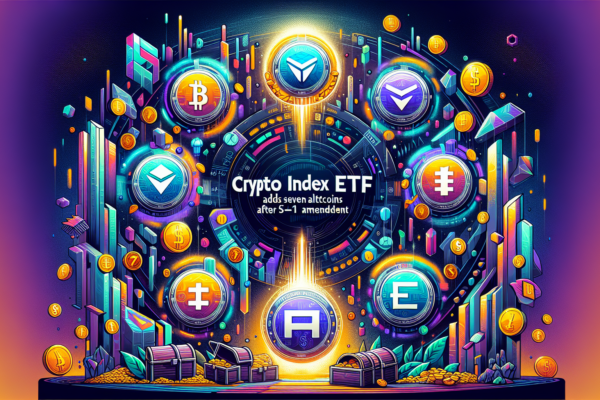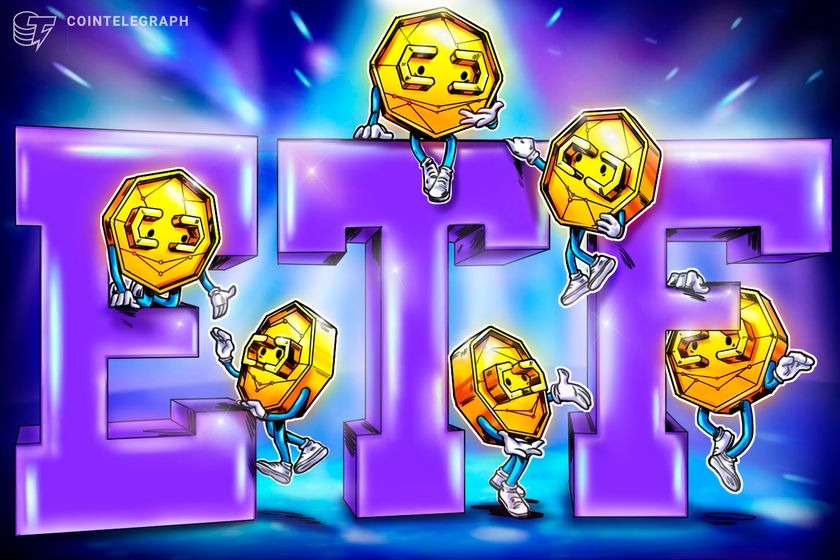
Cardano ADA Added to US Digital Asset Reserve Will It Boost Value


On March 2, President Donald Trump mentioned Cardano’s ADA (ADA) token among the cryptocurrencies to be included in the US strategic crypto reserve. Trump’s March 6 executive order clarified that altcoins would be part of the Digital Asset Stockpile (DAS) under the “responsible stewardship” of the Treasury.
ADA’s potential inclusion in a government-managed portfolio sparked industry-wide surprise and, at times, harsh criticism. Although it has loyal investors who have supported it for years, many in the crypto community questioned why the token was included in the digital asset stockpile.
Let’s analyze the blockchain to see if ADA’s fundamentals and utility support its place in the US Digital Asset Stockpile.
The case for ADA in the US Digital Asset Stockpile
Launched in 2017 via an ICO, Cardano is one of the oldest smart contract platforms. It differs from others through its research-driven design approach and its use of a delegated proof-of-stake mechanism combined with an extended UTXO accounting model.
Cardano’s ambition as a smart contract platform is well captured by X ‘Cardano_whale,’ who outlined the blockchain’s “non-negligible fees, voting power, decentralized consensus, all native token trading paired with it.”
The X post emphasizes ADA’s utility (something “most VC coins lack”) along with Cardano’s decentralized governance as key advantages.
Indeed, Cardano’s Project Catalyst is one of the largest decentralized funding initiatives in crypto. Through it, treasury funds from transaction fees and inflation are allocated democratically to community proposals. Also, unlike the Ethereum network, which still relies on offchain governance for major upgrades, Cardano aims to transition entirely to onchain governance.
The Plomin hard fork that took place on Jan. 29 marked the transition to “full decentralized governance,” according to the Cardano Foundation. It grants ADA holders “real voting power—on parameter changes, treasury withdrawals, hard forks, and the blockchain’s future.”
Cardano’s native coin, ADA, is used for network fees, staking, and governance. Its maximum supply is 45 billion, with 31 billion initially distributed—26 billion sold in the public sale and 5 billion allocated to IOHK, Emurgo, and the Cardano Foundation.
The remaining 14 billion ADA were reserved for gradual release through minting. With 0.3% of ADA reserves distributed as rewards every five days, ADA inflation declines as reserves deplete. The current inflation rate is approximately 4%, with a circulating supply of 35.95 billion ADA.
While a capped supply can support a coin’s value and justify its inclusion in the DAS, other ADA metrics, such as fees and staking yields, lag far behind competitors.
Should Cardano’s lagging activity raise concerns?
Despite its years in the smart contract ecosystem, Cardano has struggled to generate enough activity to establish itself among the leaders. As a result, ADA’s limited usage within the crypto ecosystem raises concerns about its long-term value.
According to Messari’s Q4 2024 State of Cardano report, the blockchain processed an average of 71,500 daily transactions, with 42,900 daily active addresses. Quarterly fees totaled $1.8 million, a stark contrast to Ethereum’s $552 million in fees over the same period, according to CoinGecko.
Cardano’s annualized real staking yield, adjusted for inflation, was approximately 0.7% in Q4, compared to Ethereum’s 2.73%.
Cardano key metrics overview, Q4 2024. Source: Messari
Related: Crypto fans are obsessed with longevity and biohacking: Here’s why
Other blockchain activity metrics reinforce the concern about adding ADA into a government portfolio:
-
With 449 developers working on the blockchain, Cardano ranks 12th among blockchains in developer count, according to Electric Capital’s report.
-
Its stablecoins’ share is just 0.01% of the total $224 billion stablecoin market cap, per DefiLlama.
-
Cardano’s DeFi ecosystem is underdeveloped, accounting for just 0.3% of the total $169 billion DeFi sector. However, if we include its core staking, which does not require locking and therefore is not counted in the TVL, Cardano’s share will grow to 12%.
-
Cardano’s DApp activity remains low compared to other smart contract platforms. In Q4, it averaged just 14,300 daily DApp transactions—well outside the top 25 and a fraction of Solana’s 22 million. Even more concerning is its 73% decline from Q4 2023, when Cardano recorded 52,700 daily transactions. Such a sharp drop signals a troubling trend for a blockchain that is still in its growth phase.
Cardano DApp transactions, Q4 2024. Source: Messari
Is ADA’s potential enough to justify a US government investment?
The case for ADA in the strategic crypto reserve is far less clear than for Ethereum and Solana, which are leading blockchains in many different categories. Cardano’s low activity, limited adoption, and weak staking incentives raise serious doubts about ADA’s suitability for a government-managed asset pool.
On the other hand, ADA’s capped supply and Cardano’s focus on decentralization give it a unique edge over competitors. They could lead to greater adoption and relevance in the long run.
Furthermore, projects like those by Atrium Lab are exploring Cardano’s native compatibility with Bitcoin through the eUTXO system, which could potentially unlock a new framework for DeFi on Bitcoin and drive activity to Cardano.
Could this possibility be enough to justify ADA’s place in the digital asset stockpile?
As David Nage, the portfolio manager of the venture capital firm Arca, put it,
“Like the rest of crypto, the Cardano ecosystem needs to find and support developers to create products and applications that millions of people enjoy and depend on. Then, they need brilliant storytellers to solidify the narrative behind it to build mass, sustainable audiences. After all that, putting ADA into a US national reserve begins to make more sense, in my opinion. It can be done.”
This article is for general information purposes and is not intended to be and should not be taken as legal or investment advice. The views, thoughts, and opinions expressed here are the author’s alone and do not necessarily reflect or represent the views and opinions of Cointelegraph.


















